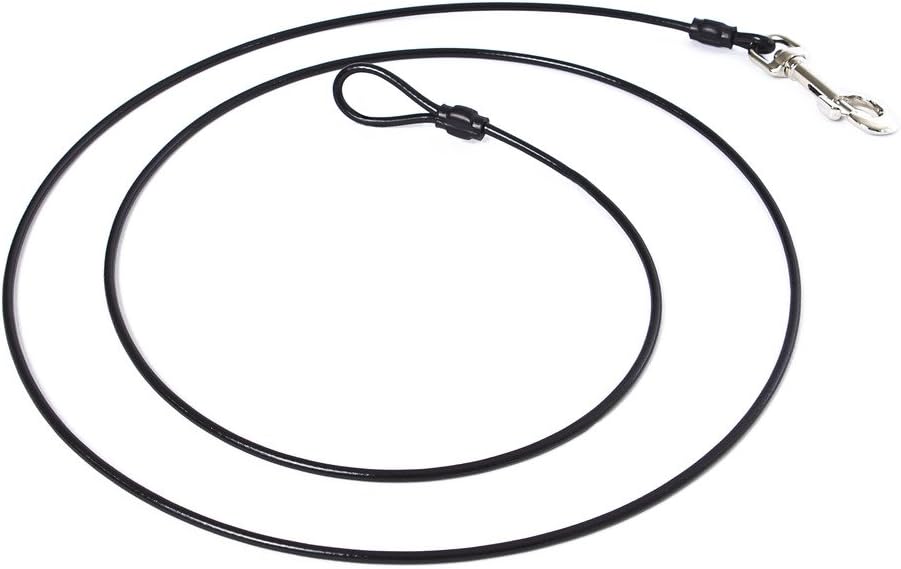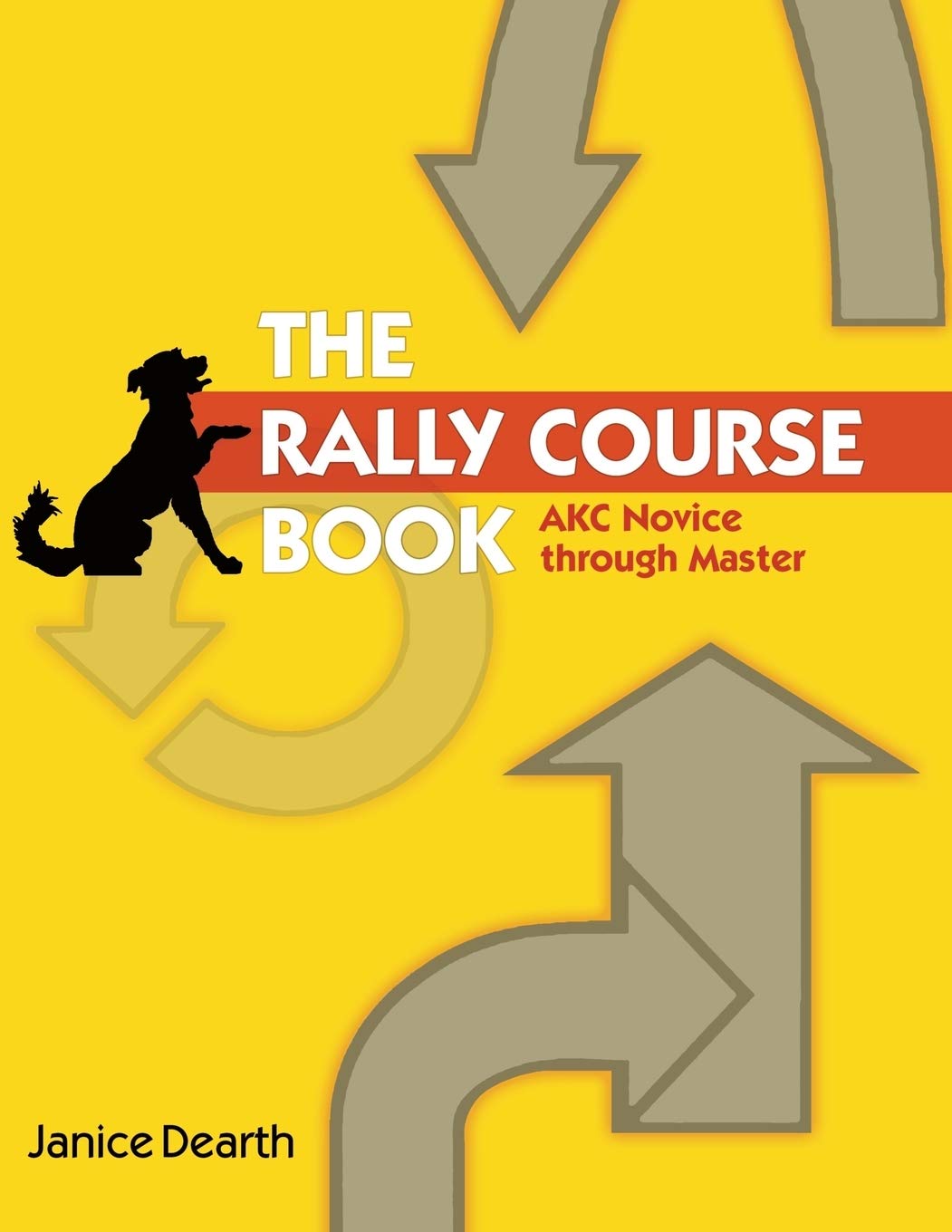As dedicated pet owners, we all want the best for our furry friends, especially when it comes to training. Dog tie-outs can be a useful tool in teaching boundaries and enhancing focus, but they can also be a source of confusion and frustration if not used correctly. It’s easy to make mistakes, especially when you’re trying to navigate the myriad of training methods available. In this blog post, we’ll identify common pitfalls to avoid when using tie-outs and provide practical tips to help you ensure a positive and safe training experience for your dog. Together, let’s turn those challenges into stepping stones for a stronger bond and a well-trained companion.
Ultimate German Shepherd Training Guide
Mistake #1: Using Tie-Outs as a Substitute for Training
Many pet owners fall into the trap of thinking that a tie-out can take the place of consistent training for their dogs. While tie-outs can be useful for providing temporary restraint and safety, they should never be viewed as a standalone solution. In this section, we will delve into the importance of integrating tie-outs into a well-rounded training regimen, highlighting how they should complement various training methods like positive reinforcement, socialization, and obedience commands.
Understanding the Role of Tie-Outs
Tie-outs, such as the PetSafe Super Dog Tie-Out or Tuff Mutt Dog Tie Out Stake, are designed to allow your dog some freedom while still keeping them secure in a designated area. These products are particularly useful in settings where you want to give your dog a chance to enjoy the outdoors without the risk of them running off. However, relying solely on a tie-out can lead to behavioral issues and a lack of proper training.
Benefits of Using Tie-Outs
- Controlled Environment: Tie-outs can help prevent your dog from wandering too far while you supervise indoor or outdoor activities.
- Safety: They reduce the risk of your dog getting lost or into potentially dangerous situations.
- Temporary Restraint: Useful during outdoor gatherings where a dog might be too excited or distracting.
Why Tie-Outs Should NOT Replace Training
Limited Interaction
Using a tie-out often means that your dog is tethered and not engaged in the same level of interaction you would have during training sessions. Here are some reasons why this lack of engagement can be problematic:
- Reduced Social Skills: Dogs need to learn how to interact with other animals and people. Simply using a tie-out can stunt their social development.
- Behavioral Problems: Without proper training, dogs may develop anxiety, frustration, or aggression, particularly if they feel confined or isolated for extended periods.
Importance of Training Techniques
Incorporating training techniques such as positive reinforcement, socialization, and obedience commands is essential for a well-rounded dog. Here are a few effective methods:
- Positive Reinforcement: Use treats or praise to encourage desired behaviors. For example, when your dog successfully responds to a command, reward them immediately. Products like Zuke’s Mini Naturals can be great for training treats.
- Obedience Commands: Teaching basic commands such as “sit,” “stay,” “come,” and “heel” creates a foundation for good behavior. Tools like PetSafe Remote Trainer can help reinforce these commands from a distance.
Socialization
Socializing your dog is equally important for their development. This can be achieved through:
- Dog Parks: Allowing your dog to interact with other animals in a controlled environment.
- Training Classes: Enrolling in classes such as those offered by Petco or PetSmart can introduce your dog to various social settings while learning basic commands.
Practical Example: A Balanced Approach
Let’s consider a practical scenario that illustrates the importance of a balanced training approach.
Scenario
Imagine you have a young Golden Retriever, Bella, who gets overly excited when meeting new people. You decide to use a tie-out, like the Tuff Mutt Dog Tie Out Stake, in your yard to keep her contained during gatherings. While this keeps her from running off, it doesn’t address her excitement or anxiety around new people.
Balanced Training Approach
- Initial Tie-Out Use: Use the tie-out to control Bella during the first few minutes of the gathering, allowing her to feel secure.
- Positive Reinforcement: When she calms down, reward her with a treat from Zuke’s Mini Naturals and praise her for good behavior.
- Socialization: Gradually allow guests to come closer and interact with Bella, reinforcing calm behavior with treats and affection.
- Obedience Commands: Teach her commands like “sit” and “stay” during these interactions to help manage her excitement.
By using a tie-out as a tool rather than a substitute, you create a structured environment that fosters training and socialization.
Key Takeaways
To effectively integrate tie-outs into your dog’s routine while maintaining a focus on training, consider these key points:
- Use tie-outs for safety and temporary restraint but not as a replacement for training.
- Incorporate positive reinforcement and obedience commands to encourage good behavior.
- Make time for socialization through controlled environments and training classes.
Incorporating these practices into your routine will not only provide your dog with the freedom they crave but also the training they need to thrive as a well-adjusted member of your family.
Mistake #2: Incorrect Tie-Out Setup
Setting up a tie-out for your dog can be a convenient way to give them some freedom while still keeping them safe. However, an incorrectly set-up tie-out can lead to safety hazards and ineffective training. This section will explore the key elements of safely securing a tie-out, ensuring that both you and your dog have a positive experience.
Choosing the Right Anchor Point
The anchor point is crucial for the effectiveness and safety of a tie-out. Here are some tips for selecting the right anchor point:
- Sturdy Structure: Choose a permanent and sturdy structure such as a heavy-duty fence post, a concrete slab, or a specially designed tie-out stake. Avoid trees or anything that could easily be uprooted or damaged by your dog’s pulling.
- Height Consideration: Ensure the anchor point is at a height that prevents your dog from jumping over or easily escaping. A height of at least 4-5 feet is generally recommended for larger breeds.
Recommended Products:
- PetSafe Tie-Out Stake: This high-strength steel stake is designed to be driven deep into the ground, making it ideal for larger dogs. It features a swivel design to prevent tangling.
- AmazonBasics Tie-Out Cable: This cable is made of durable steel and can hold dogs weighing up to 125 lbs, making it a great choice for medium to large breeds.
Appropriate Length of the Tie-Out
The length of the tie-out is vital to ensure your dog has enough room to move comfortably without risking injury or entanglement. Here’s how to determine the appropriate length:
- Dog Size and Activity Level: Larger, more energetic dogs may require longer tie-outs (20 feet or more) to allow for movement and play. Smaller or less active dogs can manage with shorter lengths (10-15 feet).
- Available Space: Consider the area where you will be using the tie-out. Ensure there is enough space for your dog to roam without running into obstacles that could cause injury.
Length Recommendations:
| Dog Size | Recommended Tie-Out Length |
|---|---|
| Small (up to 20 lbs) | 10-15 feet |
| Medium (20-60 lbs) | 15-20 feet |
| Large (60-100 lbs) | 20-30 feet |
| Extra Large (100+ lbs) | 30 feet and above |
Durable and Safe Materials
Selecting the right materials is not just about strength but also safety and comfort for your dog. Here are key elements to consider:
- Material Quality: Look for tie-out cables made from heavy-duty steel and covered with a weather-resistant coating. This ensures longevity and rust resistance.
- Swivel Clips and Attachments: Ensure the clips used to attach the tie-out to your dog’s harness or collar are of high quality and have a swivel feature to prevent tangling.
Recommended Products:
- PetSafe Heavy-Duty Dog Tie-Out Cable: This cable is designed for strength and durability, accommodating dogs weighing up to 150 lbs. It features a weather-resistant coating and secure swivel clips.
- ZippyPaws Adventure Leash and Tie-Out Combo: This combo features a lightweight yet strong leash that can double as a tie-out, perfect for camping and outdoor adventures.
Monitoring Your Dog While on the Tie-Out
Even the best tie-out setup requires supervision to ensure the safety and well-being of your dog. Here’s why monitoring is essential:
- Preventing Entanglement: Dogs can easily become tangled in their tie-out if left unsupervised. Regularly checking on them ensures they are safe and not at risk of injury.
- Behavioral Training: Supervision allows you to correct any undesirable behavior that may arise while your dog is on the tie-out, reinforcing positive behavior and training methods.
Tips for Effective Monitoring:
- Set a Timer: If you are busy, set a timer to check on your dog every 15-30 minutes.
- Use a Camera: Consider installing a pet camera to keep an eye on your dog from your smartphone or computer.
- Limit Tie-Out Time: To prevent stress or anxiety, limit the time your dog spends on the tie-out, especially if they are not used to it.
By paying attention to these key elements when setting up a tie-out for your dog, you can create a safe and effective environment that benefits both you and your furry friend.
Final Thoughts on Safe and Effective Tie-Out Practices
In summary, effective use of dog tie-outs requires careful consideration to prevent negative impacts on your dog’s training and well-being. By avoiding common pitfalls, ensuring proper setup, and integrating tie-outs with other training methods, you can foster a supportive and safe environment for your pet. Always prioritize your dog’s comfort and safety as you navigate their training journey.










Hey, I’d love to see a follow-up on the best practices for using tie-outs with different dog breeds. Some dogs seem to react totally differently! Anyone else noticed that?
I find it kinda controversial whether tie-outs are really a good idea at all. Some say it can lead to anxiety or aggression. What do you all think? 🤔
That’s a valid point! Tie-outs can definitely have mixed results depending on the dog’s temperament and previous experiences. It’s always good to weigh the pros and cons before using them. Appreciate your thoughts!
Great suggestion! Different breeds definitely have different needs and reactions. I’ll consider writing an article focusing on breed-specific training techniques. Thanks for the input!
I think the setup is super important! I’ve seen friends mess it up and their dogs ended up tangling or getting hurt. Anyone have tips on the best way to set up a tie-out without issues?
Absolutely, setup is crucial! Properly securing the tie-out and ensuring it’s on a flat, safe surface can help a lot. I’ll think about including a detailed guide on setup in future articles. Thanks for bringing that up!